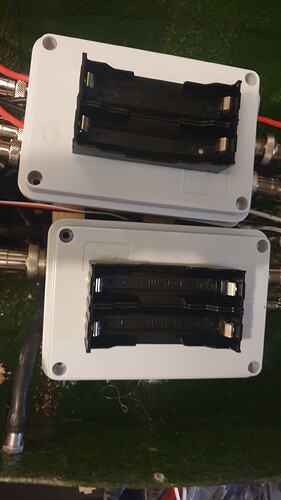The 18650 5v ups power supplied are fitted but still to be wired up, the left one will power the servos and pixhawk via the servo rail then the right one will power the pixhawk via the USB rail and the phone in the event of the main battery going offline.

